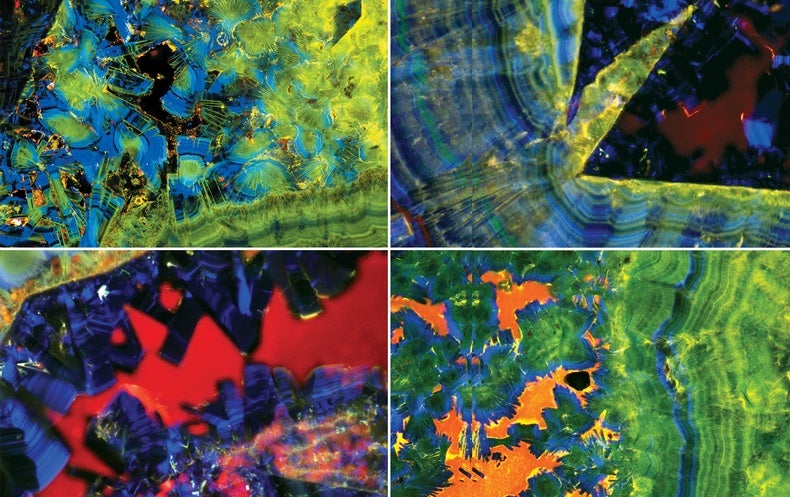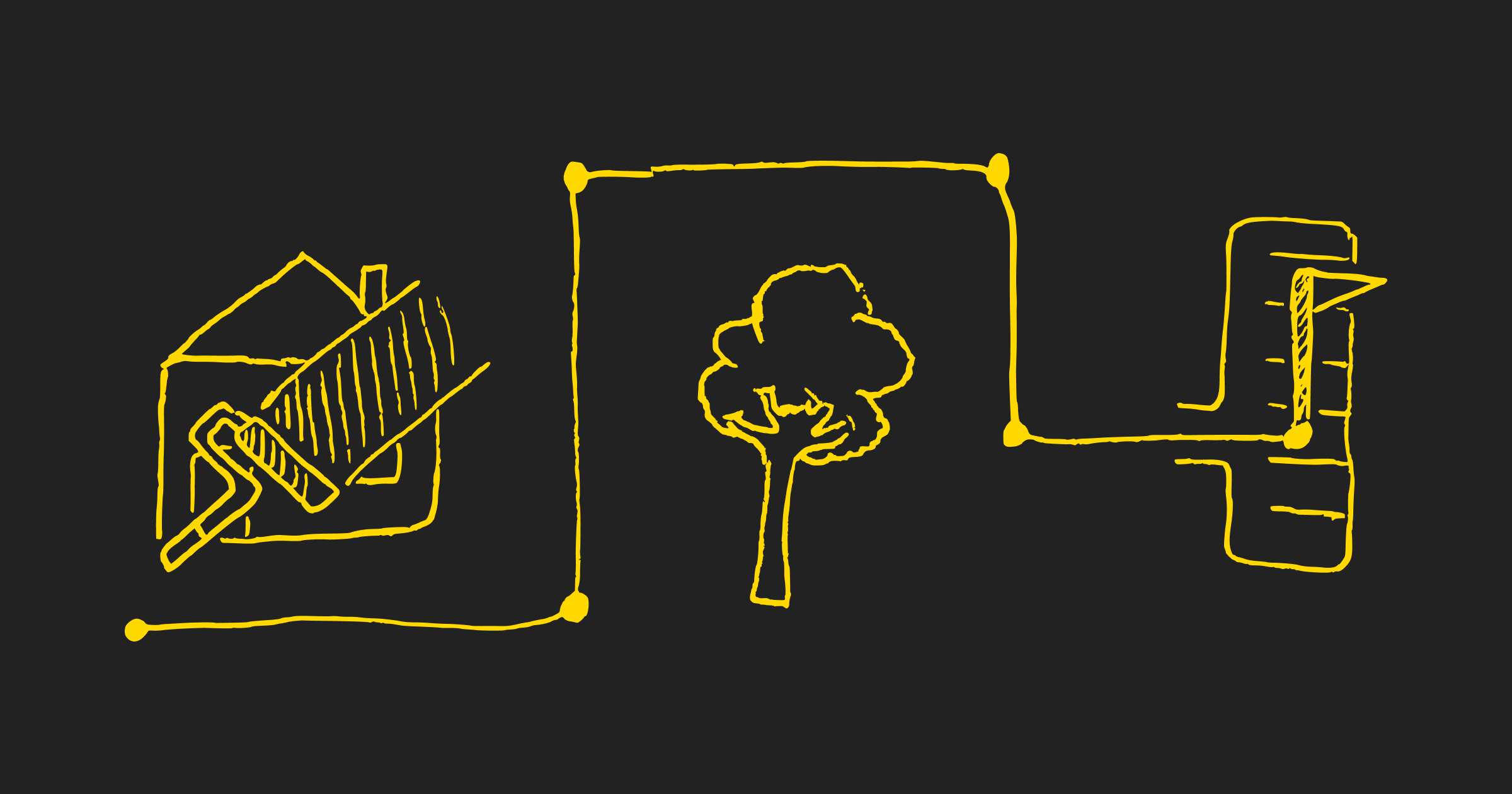
Was the Stone Age Actually the Wood Age?
In 1836, Christian Jürgensen Thomsen, a Danish antiquarian, brought the first semblance of order to prehistory, suggesting that the early hominids of Europe had gone through three stages of technological development that were reflected in the production of tools. The basic chronology — Stone Age to Bronze Age to Iron Age — now underpins the archaeology of most of the Old World (and cartoons like “The Flintstones” and “The Croods”).
Thomsen could well have substituted Wood Age for Stone Age, according to Thomas Terberger, an archaeologist and head of research at the Department of Cultural Heritage of Lower Saxony, in Germany.
“We can probably assume that wooden tools have been around just as long as stone ones, that is, two and a half or three million years,“ he said. “But since wood deteriorates and rarely survives, preservation bias distorts our view of antiquity.” Primitive stone implements have traditionally characterized the Lower Paleolithic period, which lasted from about 2.7 million years ago to 200,000 years ago. Of the thousands of archaeological sites that can be traced to the era, wood has been recovered from fewer than 10.
Dr. Terberger was team leader of a study published last month in the Proceedings of the National Academy of Sciences that provided the first comprehensive report on the wooden objects excavated from 1994 to 2008 in the peat of an open-pit coal mine near Schöningen, in northern Germany. The rich haul included two dozen complete or fragmented spears (each about as tall as an N.B.A. center) and double-pointed throwing sticks (half the length of a pool cue) but no hominid bones. The objects date from the end of a warm interglacial period 300,000 years ago, about when early Neanderthals were supplanting Homo heidelbergensis, their immediate predecessors in Europe. The projectiles unearthed at the Schöningen site, known as Spear Horizon, are considered the oldest preserved hunting weapons.
























